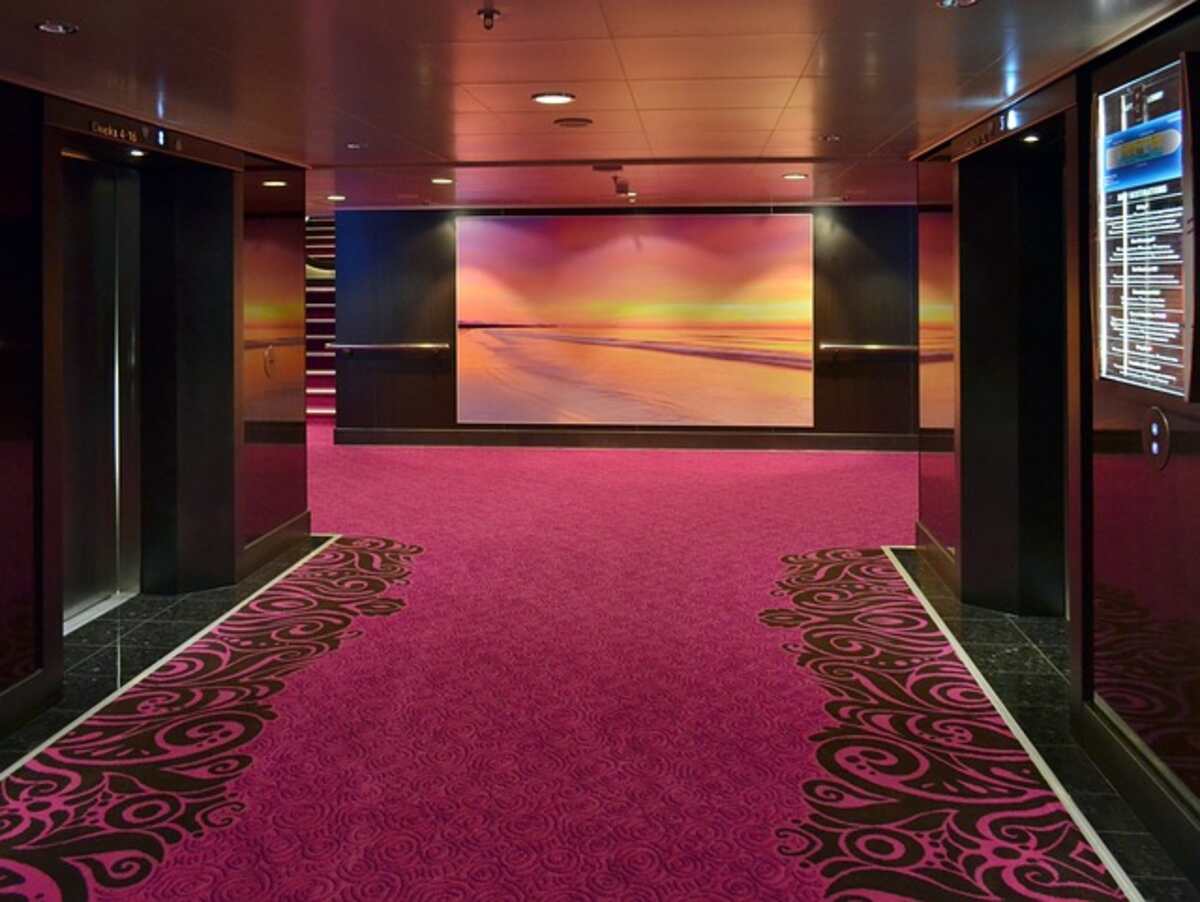Putting in New Carpet
Some of the most fundamental steps in laying carpeting are outlined below. This procedure calls for a lot of practice; the purpose of this piece is merely to give you a flavor of how it’s done.
Measuring:
The first step in laying down a carpet is determining how much of that carpet you’ll need to buy and how much room you have. Some of the most fundamental approaches and factors are outlined here.
Draw a floor plan of the space to be carpeted and fill in the necessary dimensions, such as:
Size of the largest possible room
o The broadest possible breadth of the space
o Separate dimensions between fixed room features (such as doors, fireplaces, bay windows, and so on).
o Point-by-point calculations using established room coordinates.
Buying and reducing inventory requires careful planning.
When deciding how much goods to buy and where to cut it, there are a few fundamental considerations to keep in mind:
Although 12′ and 15′ widths are the most common, not all carpet designs are available. Therefore, you will need to have a seam somewhere in the room if the space is more significant than the broadest width that your style is available in.
Seamed carpet requires extra care during installation to prevent visible seams and damage in high-traffic areas.
It’s essential to consider the pile’s orientation and patterns when deciding where to put seams.
It’s not just waste that can be expensive; failing to buy enough materials to finish a work is wasteful, too.
Sofa cushions:
Carpet padding, often underlay, separates the subfloor from the carpet. They make the carpet more comfortable to walk on, more resistant to wear and tear, and better at insulating against cold and noise. Cushions can be crafted from many different materials, such as:
Rubber sponges can either have a waffled surface or a flat one.
Foam comes in three main varieties.
o Polyurethane in its prime: A more rigid foam used in cushions.
Since the technique requires gluing together numerous foam scraps to form a single layer, bonded polyurethane is also known as rebond. It’s typically made from recycled materials.
o Froth polyurethane: this technique of bonding liquid poly to a backing is commonly utilized in the production of carpets with an integrated backing.
Fiber: A cushioning material made by compressing fibers into a thin layer, much like felt. Animal hair, jute, and man-made fibers like nylon and polyester are all viable options for the yarns.
Techniques for Setup:
Carpet can be set up in two significant ways: by stretching it in or gluing it down.
Leaning in closer:
A power stretcher is used to get a carpet as taut as possible over a carpet cushion. A tackless strip around the room keeps the product from moving about. The rows of pins on the tackless strip keep the carpet taut.
Some examples of when people choose to stretch are as follows:
The carpet’s ability to insulate your home should be improved.
Not all subfloors can be installed using adhesive.
More comfortable and less noisy than the alternative; easier to remove in the future.
Sticking fast:
Direct and double glue-down are two standard methods utilized in business settings. During a direct glue-down installation, the carpet (and any padding it came with) is affixed to the floor using adhesive. Double glue down involves adhering to a carpet pad to the floor and then adhering the carpet to the pad.
The advantages of gluing include the following:
It’s usually more affordable
Strong enough to withstand a lot of foot and roller traffic
For really expansive uses, when a carpet that has been stretched to its limit may not stay that way,
We recently updated our flooring, and I found these links helpful when shopping for Bamboo flooring in Atlanta, Georgia, where there is a wide variety of border and inlay options. We utilized them to purchase hardwood flooring in Atlanta, and we couldn’t be happier with the results.
They were also a big assistance when I needed carpet in Atlanta.
Read also: Tips On How To Install Largely Sized Hard Tile Floors.

